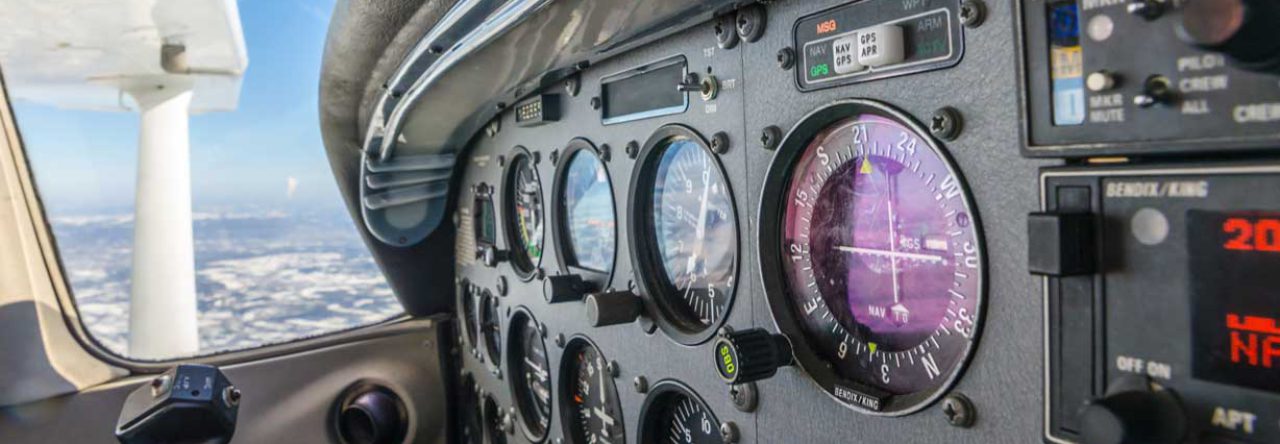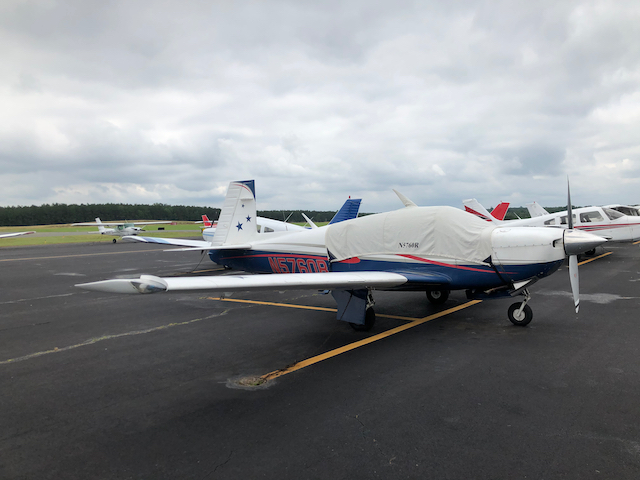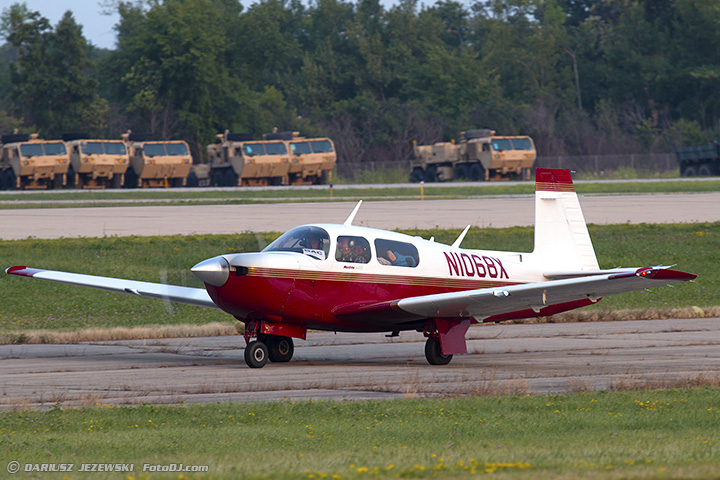It’s been a while since I posted. I really got lax during the fall and mainly just worked on CFI ground materials and studying. Though studying came in fits and starts. After the holidays and in late January, I sat down with my instructor and said, “If I don’t do something and really put an emphasis on this, it is not going to get done.” It was totally on me that I was not progressing. My instructor is great. So, I proposed that I put together a flying schedule of maneuvers that I would be accountable to complete in a reasonable timeframe. He agreed and seemed happy that I was taking charge as a CFI should.
I executed on my 2 lessons per week of training in the airplane and continued to increase my study at home. I did this for the next 2 months and we got through all the air work. At this point, we both agreed that I am getting close. So, we continued to fly once per week but added 1-2 days of oral prep.
I committed to 2 hours each evening (More as we got closer) to studying my flash cards, regulations and PTS. April was going to be the month. On April 10th, I contacted a DPE that I have used in the past and asked if he had anything in April. I was hopeful but didn’t think he would. DPE’s are in pretty high demand all over the country. And a CFI-Initial takes all day so they can’t fit you in before or after another check ride.
As luck would have it, he said, “I have 1 opening that just came free on April 22nd”. I said, “Book it!”. Gave me 12 days to do my final prep. I booked the aircraft that I was planning to use multiple times for the next 12 days. I went up with my instructor 3 more times and I went by myself 5 times.
The third and final flight with my instructor he said, “You’re ready. You’re going to be a great instructor.” I don’t know why, but this landed different then I thought it would.
I thought, “Am I really ready? I feel good, my maneuvers are tight, I’m talking through the entire flight. I feel great on my flash cards and I’m able to answer every bit of oral questions I’m getting right now……. huh.”
For the final 2 days, I studied day and night. I went through the PTS over and over and every time I found something that I needed to add to my collective knowledge. The island that was my brain had accumulated all of the penguins it could fit and now some penguins were resorting to throwing others off the island. Shout out to Opposing Bases fans if you get that reference!
Finally last night, my wife asked if I was ready and I said that it isn’t going to get any better at this point… so yes.
Long story short….. I was.
It was a long oral 4.5 hours and little over an hour of flight time. I felt confident and strong in both oral and the flight portion. My DPE said he threw everything at me, and my preparedness turned it into a quicker than normal oral. Flight portion went well, and I impressed him with a few of my teaching/flying skills.
So now that is out of the way, this is just the beginning of the road. What I really took out of this experience is that I still have a license to learn and there is a lot out there that I don’t know. I may be able to quote regulations, speak intelligently about learning processes and student behavior mechanisms but overall, what I really learned was that there is still so much out there. I will continue my studies so that I can shape future pilots to be safe and competent members of the airspace.
I will rest for a bit but there is still more to do. Next stop, CFI instrument add-on!


